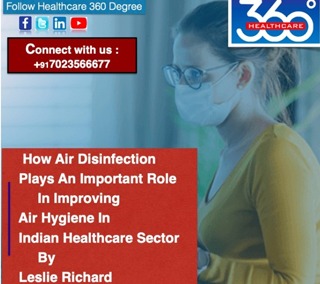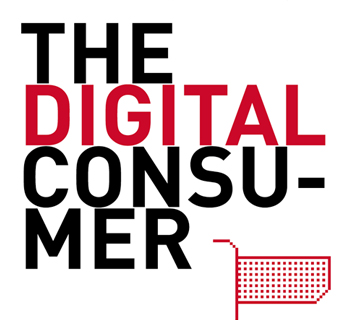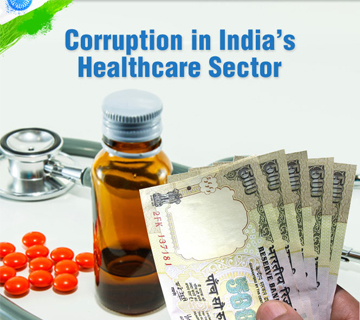before the COVID-19 struck mankind, no hospital in India or elsewhere was immune to the spread of dangerous infections among patients and healthcare workers, this pandemic has only emphasised this fact. According to WHO data, each year a million patients worldwide contract an infection and lakhs of them lose their lives. Patients infected with Healthcare Acquired Infections (HAIs) have to extend their hospital stay with consequent increase in healthcare costs.
For decades, hospital infection control has focused on two important strategies: hand hygiene and surface cleaning. The incidence of HAIs has not reduced, even after having strict SOPs for hand-hygiene compliance and surface disinfection.
After analysing many researches and considering different parameters, it has been found that the missing link in completing the ‘infection-control loop’ is the AIR and adequate emphasis is not being given for controlling air-borne infections. It is paramount to clean the air before the air-borne impurities are inhaled, settle on the surfaces which then create the contact points to spread the infection.
Why Hand Hygiene Isn’t Enough? What about Surface Hygiene then?
Dangerous microbes spread with astonishing ease via healthcare workers’ hands. Pathogens can thrive even on intact skin, so a healthcare workers’ hands can become contaminated after taking a patient’s pulse or temperature, change dressings, handle a ventilator, or otherwise come in contact with blood, body fluids, or mucous membranes. However, according to the WHO, hand-hygiene compliance worldwide is “abysmally low” — typically under 40%. Especially when hospital staff are overworked, perfect hand hygiene is simply impossible to achieve, which makes surface cleaning essential. However, studies show, surface cleaning is just as problematic as hand hygiene.
Limitations of Surface Cleaning
Infection outbreaks have been traced to all kinds of contaminated surfaces: sinks, computer keyboards, supply carts, stretchers, IV poles, telephone handles, stethoscopes, blood pressure cuffs, ultrasound machines, ECG leads, and ventilators. Especially during times like COVID-19 pandemic, it is unrealistic for already overworked cleaning crews to fully and frequently disinfect every surface in the hospital. Cleaners often do not have the time, the training, or the most effective cleaning products. But even if they did, surfaces would still become contaminated, because pathogens return — often within a few hours. An American study found that within 3 hours of disinfection, bacteria on hospital bed rails had rebounded to unacceptable levels.
Airborne Transmission – A Major Public Health Concern
WHO and CDC (The Centers for Disease Control and Prevention) have confirmed that besides droplet and contact transmission, COVID-19 also spreads through aerial routes, this is the reason why we are advised to wear masks and keep a minimum 6 feet distance. It is established that the inside air is 5-10 times more polluted than the outside air. The air pollution or particulate matters act as carriers of pathogens and amplify the spread of infections. Besides Coronavirus, diseases like Tuberculosis, Influenza, MRSA, Acinetobacter, C.Diff., Norovirus and more. – involve airborne transmission.
Vomiting, sneezing, coughing, talking, singing and even breathing can release infectious microbes into the air, where they can hover for hours and travel long distances before being inhaled by patients or landing on countless other surfaces causing environmental contamination. Activities known to liberate particles into the air, such as bed making, curtain drawing and flushing of toilets may contribute to the spread and aerosolization of infectious particles. The pathogens are also carried into hospitals on the clothing and bodies of visitors and staff and swept via air currents into emergency entrances, lobbies, corridors, staircases, and patient rooms. Besides pathogens, harmful volatile organic compounds and bad odours are another aspects of airborne contamination.
Continual Air-disinfection – the new normal during and post COVID-19 era!
It is obvious that even after the COVID-19 vaccine is accessible to all, we have to live with airborne infections by taking precautions like hand hygiene, wearing mask/PPE, keeping safe distance and cleaning the air around us. Thankfully, this pandemic has generated great awareness about the transmission of infectious diseases through air. Many hospitals have installed HEPA filters, Air-purifiers, Ionisers, UV lights and Chemical fumigations and others. Unfortunately, all these methods have limitations for disinfecting the hospital air, they act only as point-in-time solutions or have health and cost implications if not handled and maintained properly.
For a country like India where air pollution levels are higher and kill lakhs of people annually, maintaining air-quality at acceptable levels is paramount- especially in healthcare sectors. As existing air-purification methods are giving diminishing returns, we have to think out of box and adapt to the newer (validated) technologies like Plasma based air-sterilization (e.g. NanoStrike and others) which can scrub the air continuously without releasing any harmful by-products and providing only ‘sterile’ air to the occupant of the room in a eco-friendly and affordable way. We shall not lower our guards on disinfecting the air which we consume!
if you need any support in Market Feasibility Study of a new hospital , Hospital Planning and Design / Hospital Marketing & Operations / Accreditation / Improving the Quality of Hospital / Designing the existing Hospital or Hospital Fund Raising , you can contact us : [email protected] Or you can visit our website www.hc360.in or can call +91-7023566677











































